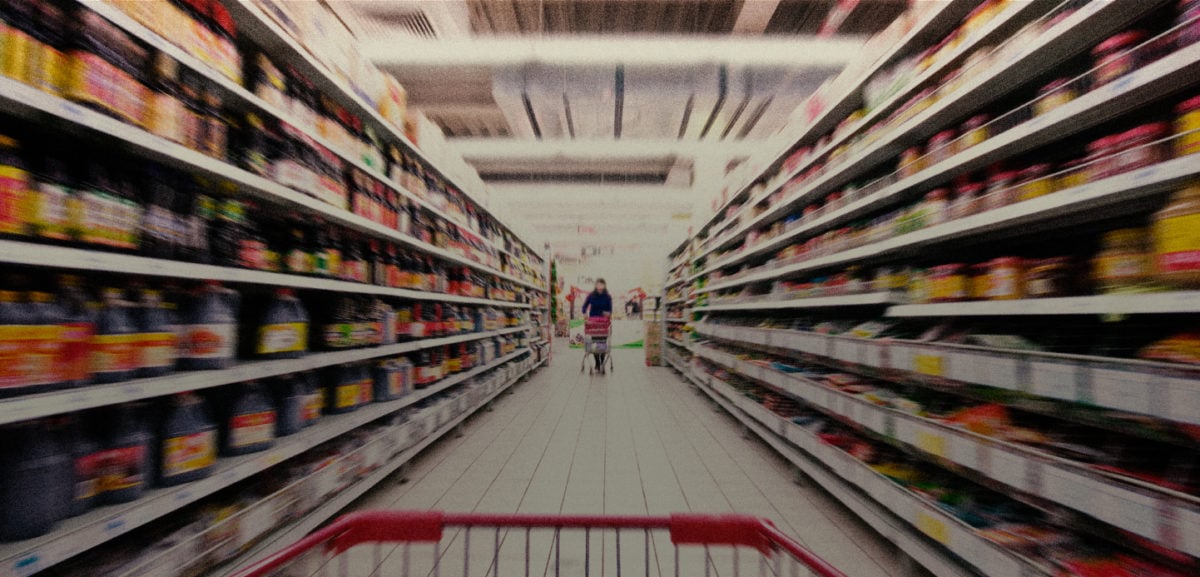Advancing Sustainable Development Goals through Innovations in Food Distribution
Introduction: The Role of Technology in Global Food Systems
A collaborative initiative by PLM TrustLink® and the International Foodservice Distributors Association (IFDA) has been announced to address critical challenges within the global food supply chain. A scheduled webinar will focus on the application of Radio Frequency Identification (RFID) technology as a transformative tool for enhancing efficiency, transparency, and sustainability in food distribution. This initiative directly supports the achievement of the United Nations’ Sustainable Development Goals (SDGs) by leveraging technological innovation to build more resilient and equitable food systems.
Aligning with Key Sustainable Development Goals (SDGs)
The implementation of RFID technology in the food supply chain offers a significant contribution to several key SDGs:
- SDG 2: Zero Hunger: By improving the tracking and management of food products, RFID technology can drastically reduce food loss during transportation and storage. This ensures that more food reaches consumers, directly contributing to the goal of ending hunger and achieving food security.
- SDG 12: Responsible Consumption and Production: The technology is instrumental in addressing SDG Target 12.3, which aims to halve per capita global food waste. RFID enables precise inventory management, monitors product shelf-life, and optimizes stock rotation, thereby minimizing spoilage and waste along the entire supply chain.
- SDG 9: Industry, Innovation, and Infrastructure: The adoption of RFID represents a significant innovation in logistics infrastructure. It fosters the development of resilient, intelligent, and sustainable supply chains, which is a core objective of SDG 9.
- SDG 17: Partnerships for the Goals: The webinar itself, a partnership between a technology provider and an industry association, exemplifies the collaborative approach required by SDG 17 to share knowledge, expertise, and technology to advance the sustainable development agenda.
Key Areas of Technological Impact
The expert-led session will report on how RFID technology is revolutionizing the food supply chain from its origin to the final point of distribution. The primary areas of impact to be examined include:
- End-to-End Traceability: Establishing a transparent and verifiable record of a food product’s journey, enhancing food safety and consumer trust.
- Reduction of Food Waste: Implementing dynamic inventory systems that minimize spoilage and ensure efficient distribution of perishable goods, aligning with global waste reduction targets.
- Enhancement of Logistical Efficiency: Automating data capture and streamlining processes to reduce manual errors, lower operational costs, and accelerate the movement of goods.
- Improved Food Safety Protocols: Enabling rapid identification and recall of contaminated products, thereby protecting public health and strengthening the integrity of the food system.
Conclusion: A Commitment to a Sustainable Future
The strategic deployment of technologies like RFID is essential for transforming the global food distribution network. This initiative underscores a commitment to not only modernizing industry practices but also to making substantive progress toward the 2030 Agenda for Sustainable Development, creating a food system that is more efficient, secure, and sustainable for all.
Which SDGs are addressed or connected to the issues highlighted in the article?
-
SDG 2: Zero Hunger
The article discusses transforming the food supply chain, which is fundamental to ensuring food security. By improving food distribution through technology like RFID, the system can become more efficient, reducing spoilage and ensuring that more food reaches consumers, thereby contributing to the goal of ending hunger.
-
SDG 9: Industry, Innovation, and Infrastructure
The core topic is the application of a specific technology (RFID) to innovate and upgrade an industrial sector (food distribution). This directly relates to building resilient infrastructure and fostering innovation to make industries more sustainable and efficient.
-
SDG 12: Responsible Consumption and Production
Improving the food supply chain from “end to end” with RFID directly addresses the reduction of food loss. Efficient tracking and management of food products help prevent waste along the supply chain, which is a key component of ensuring sustainable consumption and production patterns.
What specific targets under those SDGs can be identified based on the article’s content?
-
SDG 2: Zero Hunger
- Target 2.1: By 2030, end hunger and ensure access by all people… to safe, nutritious and sufficient food all year round. The article’s focus on transforming the food supply chain implies enhancing the reliability and safety of food distribution, which is crucial for ensuring year-round access to food.
-
SDG 9: Industry, Innovation, and Infrastructure
- Target 9.4: By 2030, upgrade infrastructure and retrofit industries to make them sustainable, with increased resource-use efficiency and greater adoption of… technologies. The use of RFID as described in the article is a direct example of upgrading the food distribution infrastructure with a technology that increases efficiency.
-
SDG 12: Responsible Consumption and Production
- Target 12.3: By 2030, halve per capita global food waste at the retail and consumer levels and reduce food losses along production and supply chains, including post-harvest losses. This is the most directly relevant target, as RFID technology is a key tool for monitoring and managing inventory to reduce food losses throughout the supply chain.
Are there any indicators mentioned or implied in the article that can be used to measure progress towards the identified targets?
The article does not explicitly mention any official SDG indicators. However, it strongly implies the generation of data that would be used to measure progress. The use of RFID technology is inherently about data collection for tracking and management.
-
Implied Indicator for Target 12.3:
The article’s focus on transforming the food supply chain implies a reduction in food loss. RFID systems can provide precise data on where and when food is lost. This data can be used to calculate the Food Loss Index (Indicator 12.3.1.a), which measures losses from post-harvest up to the retail level. The effectiveness of the RFID implementation would be measured by a decrease in this index.
-
Implied Indicator for Target 9.4:
While not a formal SDG indicator, a practical indicator of progress towards resource-use efficiency would be the rate of adoption of RFID technology within the food distribution industry. The webinar itself is an effort to increase this adoption rate.
Table of SDGs, Targets, and Indicators
| SDGs | Targets | Indicators (Implied) |
|---|---|---|
| SDG 2: Zero Hunger | Target 2.1: Ensure access to safe, nutritious and sufficient food. | Improved efficiency and reliability of the food supply chain. |
| SDG 9: Industry, Innovation, and Infrastructure | Target 9.4: Upgrade infrastructure and retrofit industries to make them sustainable and increase resource-use efficiency. | Rate of adoption of RFID technology in the food industry. |
| SDG 12: Responsible Consumption and Production | Target 12.3: Halve food waste and reduce food losses along production and supply chains. | Indicator 12.3.1.a (Food Loss Index): Data from RFID systems can be used to measure and track reductions in food loss. |
Source: aimglobal.org







